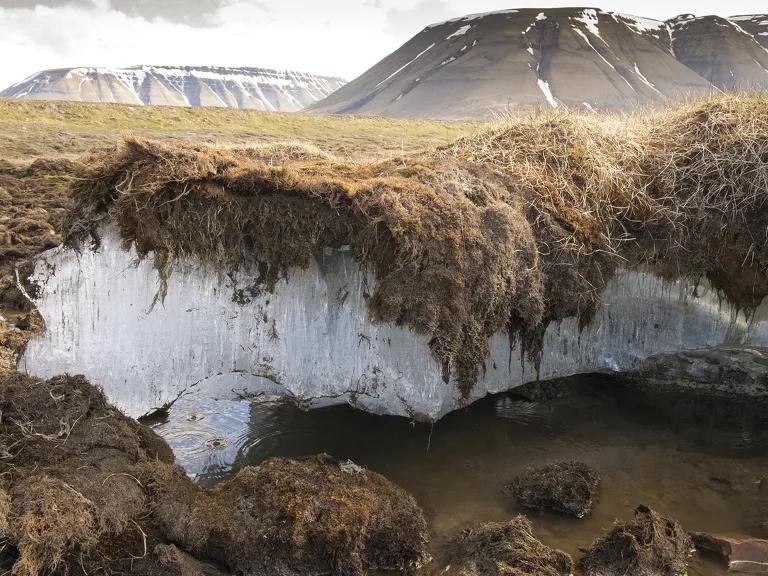Free Courses Sale ends Soon, Get It Now


Free Courses Sale ends Soon, Get It Now



Disclaimer: Copyright infringement not intended.
Context
As permafrost melts as a result of climate change, it may release more radon, a colorless, odorless gas linked with lung cancer.
Details
Characteristics:
Challenges and Concerns:
Research and Management:
Recent Study
Conclusion
Permafrost serves as a critical indicator of climate change and a bellwether for environmental health in cold regions. Understanding its complexities and addressing the challenges it presents are essential for fostering sustainability, resilience, and adaptation in a warming world.
|
PRACTICE QUESTION To what extent does permafrost degradation contribute to global climate change, and what are the implications for ecosystems, infrastructure, and adaptation strategies in cold regions?" |
© 2024 iasgyan. All right reserved